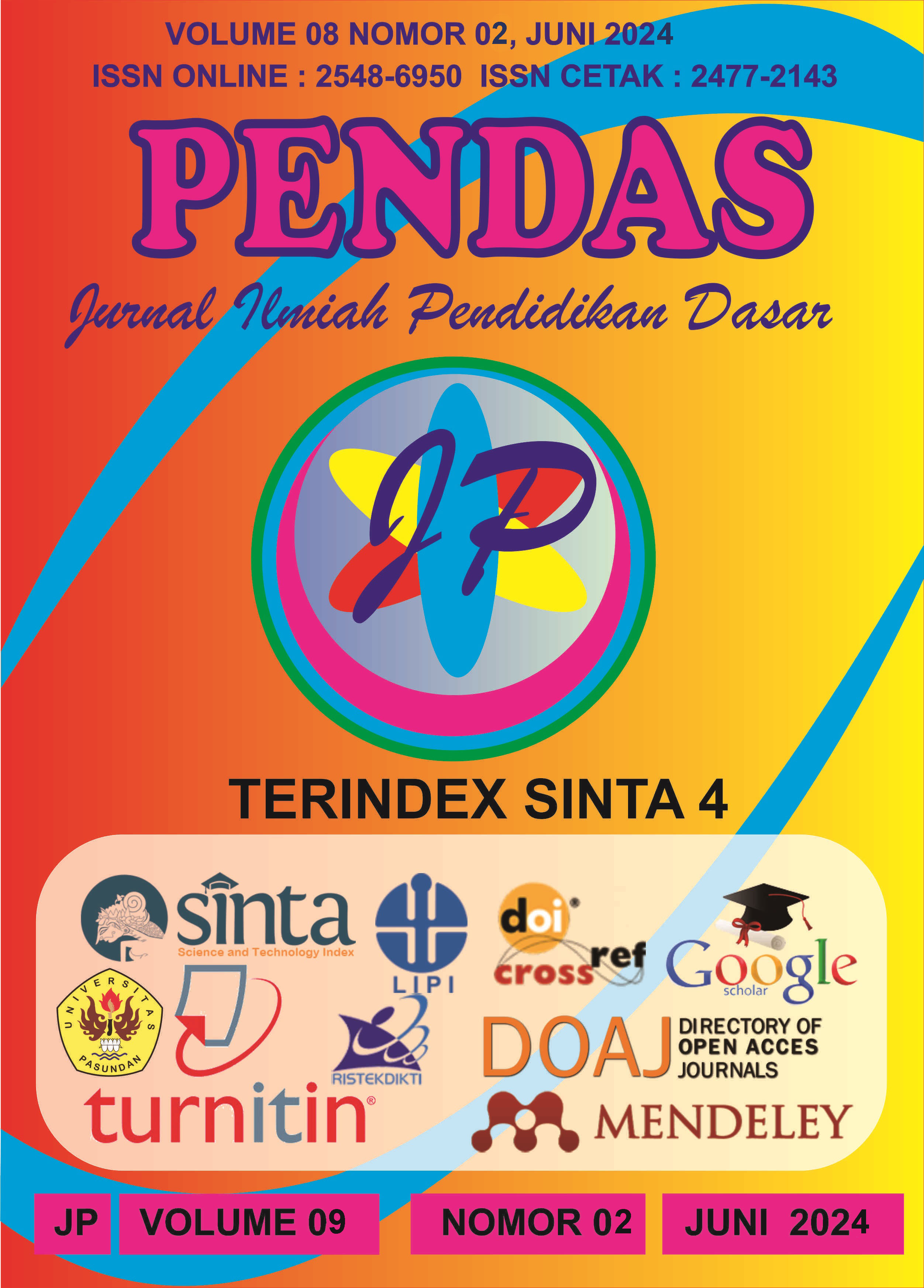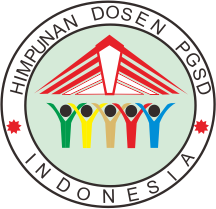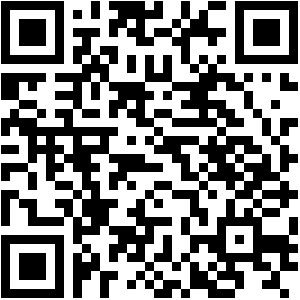ANALISIS TREN PUBLIKASI JURNAL SINTA BIDANG SISTEM INFORMASI
DOI:
https://doi.org/10.23969/jp.v9i2.13426Keywords:
Kurikulum SI ACM 2010, Google Scholar, Publih or Perish, PRISMA, Sistem InformasiAbstract
Penelitian ini bertujuan mengetahui tren topik penelitian sistem informasi di Indonesia pada Tahun 2015- 2019 sehingga bisa menjadi rujukan bagi dunia akademis dalam memperoleh insight baru di bidang Sistem Informasi. Pengambilan data dalam penelitian ini menggunakan software Publish or Perish pada database Google Scholar. Kata kunci yang digunakan adalah publication/journal untuk mendapatkan data publikasi. Proses analisis dan pengolahan data menggunakan metode analisis kualitatif non interaktif dan alur PRISMA (Preferred Reporting Items for Systematic Review). IS ACM Curricula digunakan sebagai acuan dalam menganalisis topik yang dihasilkan. IS ACM Curricula adalah laporan terbaru model kurikulum dibidang Sistem Informasi yang dikembangkan oleh ACM dan AIS. Hasil penelitian menunjukkan perolehan data mentah sebanyak 1917 yang diambil dari publikasi jurnal Sinta 2, Sinta 3 dan Sinta 4. Dengan hasil analisis tren bahwa topik “Application Development” dengan persentase 34%, “Decision Support System” dengan persentase 12% dan “System Analysis and Design” dengan persentase 12%.Downloads
References
Al-qaysi, N., Mohamad-nordin, N., & Al-emran, M. (2020). of Social Media Acceptance From the Perspective of Educational and Information Systems Theories and Models. https://doi.org/10.1177/0735633118817879
Aulianto, D. R. (2019). Pemanfaatan Aplikasi “ Publish Or Perish ” Sebagai Alat Analisis Sitasi Pada Pemanfaatan Aplikasi “ Publish Or Perish ” Sebagai Alat Analisis Sitasi Pada Jurnal Kajian Komunikasi Universitas Padjadjaran. July.
Bahruni, & Fathurrahmad. (2018). ANALISIS TREND TOPIK PENELITIAN PADA WEB OF SCIENCE DAN SINTA UNTUK PENENTUAN TEMA. 13–25.
Budi, S. P. (2008). Metodologi Penelitian Kuantitatif. 1–29.
Gunawan, I. (2016). METODE PENELITIAN KUALITATIF.
Harzing, A. (2010). The Publish or Perish Book. Prometheus. , 29(2), 181–183. https://doi.org/10.1080/08109028.2011.567849
Iscipline, R. E. D., Baskerville, B. R. L., & Myers, M. D. (2002). I SSUES AND O PINIONS I NFORMATION S YSTEMS AS A. 26(1), 1–14.
Jeyaraj, A., & Zadeh, A. H. (2019). Evolution of information systems research: Insights from topic modeling. Information and Management, 57(4), 103207. https://doi.org/10.1016/j.im.2019.103207
Jhon Leslie King, K. L. (2006). Information System The State of the Field. Jhon iley & Sons Ltd.
Kupfer, A. (2018). Research Methods in the Information Systems Discipline : A Literature Analysis of Conference Papers. Gable 2010, 1–10.
Moher, David, Liberati, A., Tetzlaff, J., & Altman, D. G. (2009a). Academia and Clinic Annals of Internal Medicine Preferred Reporting Items for Systematic Reviews and Meta-Analyses : 151(4), 264–269.
Moher, David, Liberati, A., Tetzlaff, J., & Altman, D. G. (2009b). Systematic Reviews and Meta-Analyses: The PRISMA Statement. Annulas of Internal Medicine, 151(4), 264–269. https://doi.org/10.1371/journal.pmed1000097
Moher, Davidd, Cook, D. J., Eastwood, S., Olkin, I., Rennie, D., Stroup, D. F., & Group, Q. (2020). trials Improvingg the quality of reports of meta-analyses of randomizedd controlled trials : the QUOROM statement t.
Musianto, L. S. (2002). Perbedaan Pendekatan Kuantitatif dengan Pendekatan Kualitatif dalam Metode Penelitian. 123–136.
Palvia, P., Kakhki, M. D., Ghoshal, T., Uppala, V., & Wang, W. (2015). Methodological and Topic Trends in Information Systems Research: A MetaAnalysis of IS Journals. 37. https://doi.org/10.17705/1CAIS.03730
Rakhmawati, N. A. (2019). Information Systems International Conference (ISICO) 2019.
Ramlah, Firmansyah, D., & Zubair, H. (2014). Pengaruh Gaya Belajar dan Keaktifan Siswa Terhadap Prestasi Belajar Matematika (Survey Pada SMP Negeri di Kecamatan Klari Kabupaten Karawang). 1(3), 68–75.
Repanovici, A. (2010). Measuring the visibility of the University’s scientific production using GoogleScholar, “Publish or Perish” software and Scientometrics. 1–14.
Rochmania, N. (2019). ANALISIS TREN PENGGUNAAN FRAMEWORK COBIT, ITIL, DAN ISO 27001 PADA PENELITIAN DI INDONESIA.
Sabin, M., Alrumaih, H., Impagliazzo, J., Lunt, B., & Zhang, M. (2017). Information Technology Curricula 2017: Curriculum Guidelines for Baccalaureate Degree Programs in Information Technology. In Information Technology Curricula 2017: Curriculum Guidelines for Baccalaureate Degree Programs in Information Technology. https://doi.org/10.1145/3173161
Sugiyono. 2012. Metode Penelitian Kuantitatif, Kualitatif dan R&D. Bandung: Alfabeta.
Thesi, R. S. R. (2013). Analisis Kelayakan Isi Buku Teks Matematika Kelas V Sekolah Dasar Universitas Pendidikan Indonesia | repository.upi.edu | perpustakaan.upi.edu.
Trihanto, W. B. (2017). Information Retrieval System Untuk Menentukan Tren Judul Jurnal Bahasa Indonesia Menggunakan Metode TF-IDF Dan Naïve Bayes Classifier. In Libri (Vol. 22, Issue 1). https://doi.org/10.1515/libr.1972.22.1.85
Vu-ngoc, H., Elawady, S. S., Mehyar, G. M., Abdelhamid, H., Mattar, O. M., Halhouli, O., Vuong, N. L., Dewi, C., Ali, M., Hassan, U. H., Kien, N. D., & Hirayama, K. (2018). Quality of flow diagram in systematic review and / or meta-analysis. 1–16.
Wright, R. T., Kaiser, K. M., & Nunamaker, J. F. (2010). Curriculum Guidelines for Undergraduate Degree Programs in Information Systems.
Downloads
Published
Issue
Section
License
Copyright (c) 2024 Pendas : Jurnal Ilmiah Pendidikan Dasar

This work is licensed under a Creative Commons Attribution 4.0 International License.



















